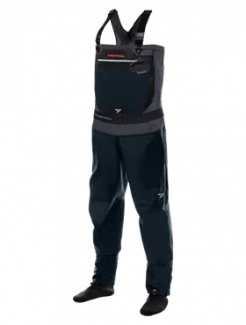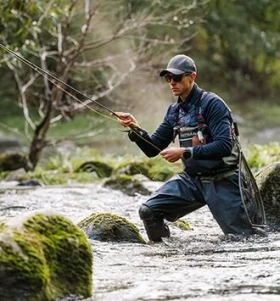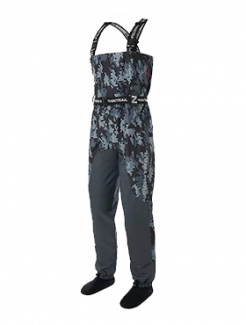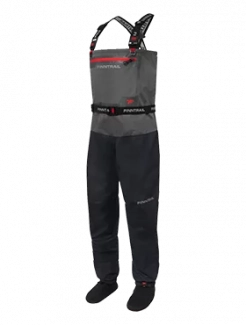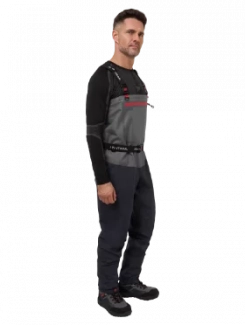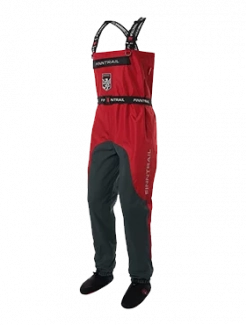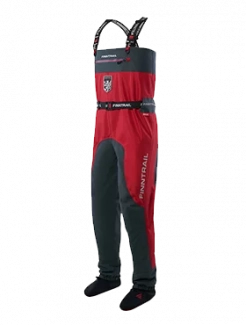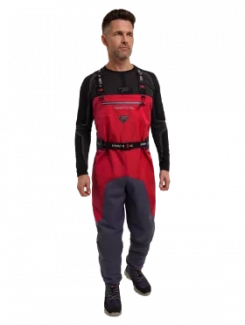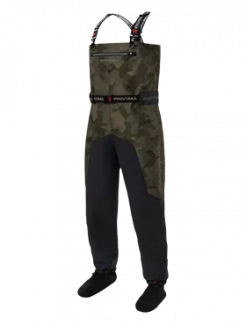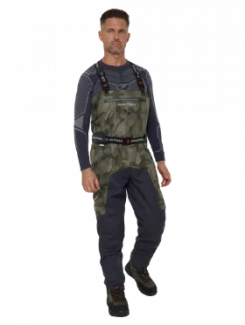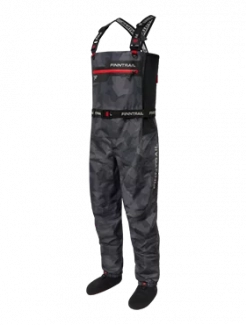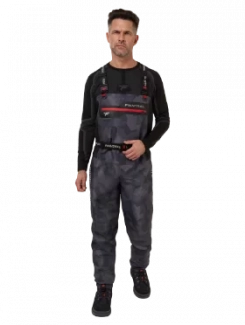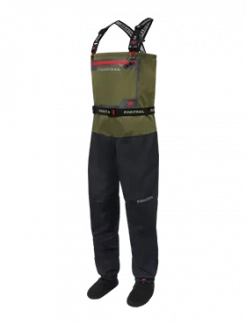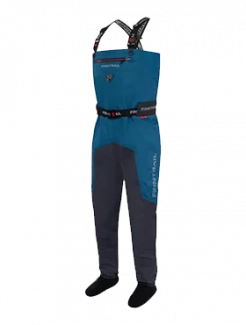How to Choose the Right Waders for Your Needs
When it comes to outdoor adventures like fishing, duck hunting, or everyday activities on the ranch, having the right gear can make or break your experience. One of the most essential pieces of equipment for any water-based activity is a reliable pair of waders. Not only do they keep you dry, but they also protect you from the cold, rough terrain, and biting insects.
However, with the wide range of styles, materials, and designs available today, figuring out how to choose waders can feel like a daunting task. Whether you're a seasoned angler targeting deep pools or a newcomer eager to explore your first trout stream, selecting the right pair is crucial for comfort, performance, and safety.
In this comprehensive guide, we’ll walk you through everything you need to know about choosing waders—from materials and fit to seasonal considerations and long-term care.
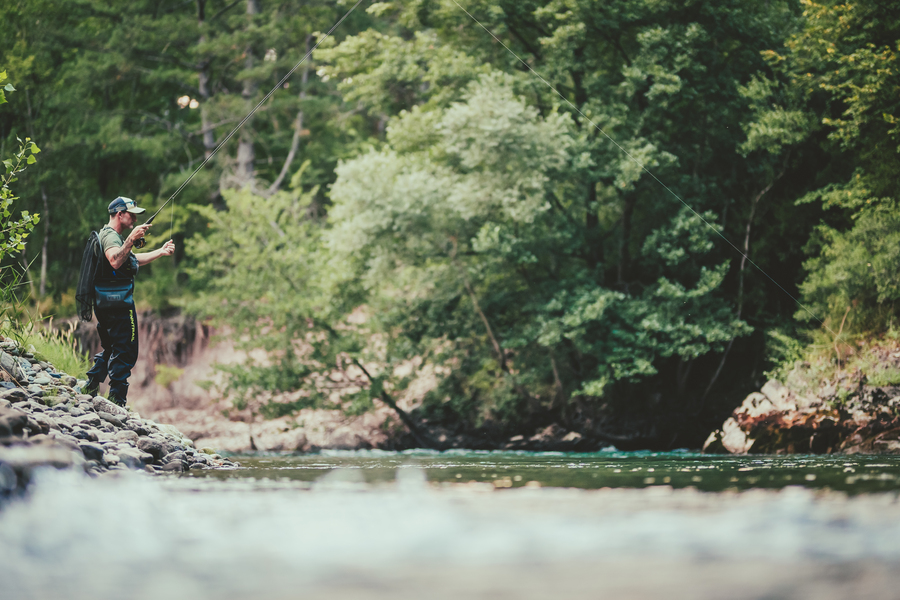
Material Matters: Choosing the Best Fabric
The material your waders are made of will impact their durability, weight, and water resistance. Here are the most common fabrics to consider when choosing waders:
-
Neoprene Waders
Neoprene is a popular material for waders due to its insulating properties, making it an ideal option for cold-water fishing. These waders trap body heat, keeping you warm in frigid waters. However, neoprene can be less breathable, which might cause overheating in warmer temperatures. -
Membrane Waders
Made from lightweight, breathable fabrics like Hard-Tex, breathable waders are perfect for warm-weather conditions, as they allow moisture and sweat to escape while keeping you dry on the outside. These waders are ideal for those who spend long hours in the water or need something that won’t overheat. -
anvas or Polyester Waders
These materials are durable and often more affordable than neoprene or breathable waders. Canvas waders are best suited for those who are looking for toughness and a cost-effective option. However, they may not offer the same level of insulation or breathability as other materials.
Types of Waders: Understanding the Styles
Before diving into material and fit, it's important to understand the main types of waders available. Each type serves a different purpose and is suited for specific water depths and conditions.
1. Hip Waders
-
Coverage: From the foot up to the hip
-
Best for: Shallow streams, creeks, or marshy areas
-
Pros: Lightweight, easy to wear, less restrictive
-
Cons: Not suitable for deeper water
2. Waist-High or Pant Waders
-
Coverage: From foot to waist (similar to high fishing pants)
-
Best for: Wading in moderate-depth water, warm weather fishing
-
Pros: Greater mobility, cooler than chest waders
-
Cons: Not ideal for deep pools or cold-weather conditions
3. Chest Waders
-
Coverage: From foot up to the chest
-
Best for: Deep water, colder weather, rougher terrain
-
Pros: Maximum protection and versatility
-
Cons: Bulkier and warmer, may require additional layering in cold climates
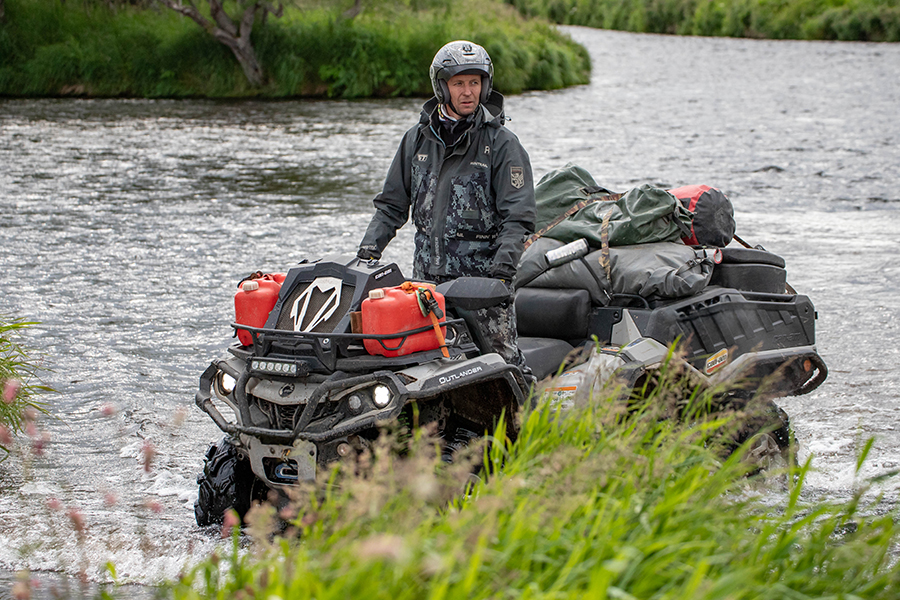
Fit and Comfort: Key Considerations
When choosing waders, it’s crucial to get the right fit. Waders that are too tight can restrict movement and cause discomfort, while waders that are too loose can result in water entering your boots and reducing insulation.
-
Chest Size and Height
Ensure that the waders fit comfortably around your chest, and that the length is appropriate for your height. Many wader brands offer sizing charts to help you determine the best fit, so be sure to measure your inseam and chest before making a purchase. -
Foot Size
If you're opting for bootfoot waders, make sure to choose the correct boot size, as this will directly affect your comfort level. For stockingfoot waders, you can choose your own boots, but they should be well-fitting and offer good ankle support for safety in slippery or uneven waters.
-
Adjustability and Mobility
Adjustable straps and belts are key features that improve comfort and ease of movement. Many waders, especially chest waders, come with adjustable shoulder straps to fit different body types. Look for waders with articulated knees and a flexible design for enhanced mobility.
Other Key Features to Look For
Reinforced Knees and Seats
If you kneel or sit on rough ground, look for reinforced panels that add durability in high-wear areas.
Pockets and Storage
Chest waders often feature zippered pockets, fleece-lined hand warmers, or even waterproof compartments for electronics or fly boxes.
Gravel Guards
Built-in or attachable gravel guards prevent sand and rocks from entering your boots—an essential feature for stockingfoot waders.
Color and Camouflage
Choose muted earth tones or camo if you’re trying to blend in, especially for hunting or trout fishing in clear water.
Choosing Waders Based on Weather and Water Conditions
Cold Water / Winter
-
Choose thick neoprene waders or insulated breathable waders
-
Layer with thermal base layers, like merino wool or fleece
-
Use bootfoot models for added warmth
Warm Weather / Summer
-
Opt for breathable waders
-
Pair with moisture-wicking and lightweight clothing
-
Consider waist-high or even wet-wading options with quick-dry pants
Muddy or Rocky Terrain
-
Look for rugged canvas or reinforced models with durable boots
-
Make sure soles are designed for traction — felt, rubber, or cleated soles depending on local regulations and riverbed type
Maintenance and Care Tips
Proper care can significantly extend the life of your waders:
-
Rinse off mud, sand, and salt after every use
-
Hang dry your waders in a cool, well-ventilated area (avoid direct sun or heat)
-
Inspect seams and boots regularly for leaks or wear
-
Store rolled or hanging—never folded, which can cause creasing and seam stress
-
Consider using wader repair kits for small punctures or tears
Price and Warranty: Investing Wisely
While it’s tempting to go for budget-friendly options, investing in a high-quality pair of waders often pays off in the long run. Entry-level breathable waders may start around $100–$150, while premium options fcan cost upwards of $400.
Look for:
-
Extended warranties
-
Reputation for customer service
-
Repair and replacement policies
A good pair of waders, when well cared for, can last several seasons—even with regular use.
Conclusion
Choosing the right pair of waders is about more than just staying dry — it’s about optimizing your comfort, safety, and overall outdoor experience. Whether you’re fly fishing in a mountain stream, hunting in the wetlands, or trekking through riverbeds in search of the perfect cast, the right waders can make your day on the water more enjoyable and productive.
By considering the type, material, fit, and additional features that suit your environment and activity, you'll be well-equipped to make a confident, informed purchase. Remember: a good pair of waders isn’t just a piece of gear — it’s your protection, your comfort zone, and your connection to the great outdoors.

